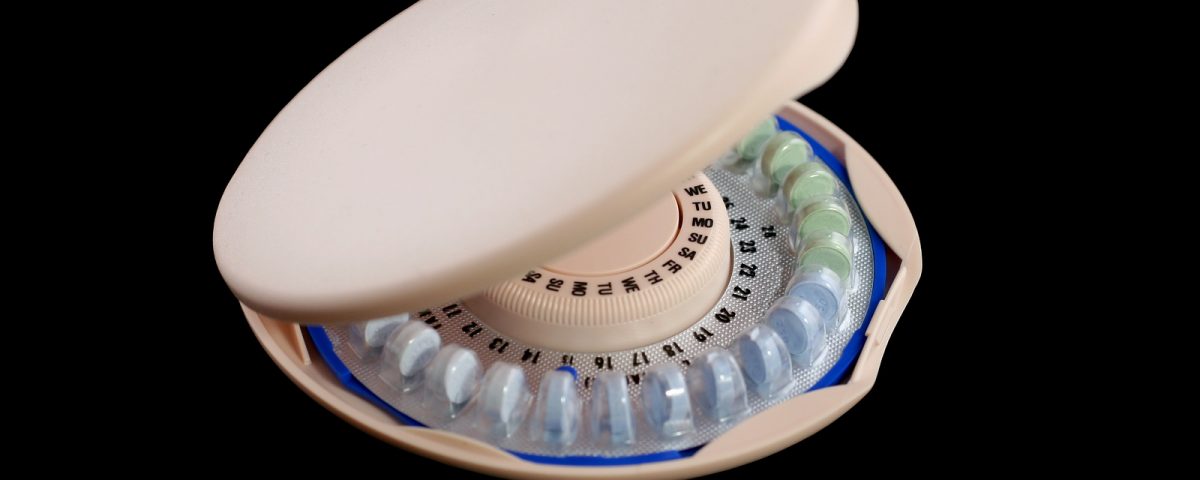A History of the Birth Control Pill

Are you on the pill? Chances are you have used it at some point. The pill has been one of the most widely used methods of birth control since it came on the market. Please enjoy this little history of its humble beginnings…
“For as long as men and women have been making babies, they’ve been trying not to.”
Excerpt from The Birth of the Pill: How Four Crusaders Reinvented Sex and Launched a Revolution by Jonathan Eig
Early history of birth control
Some of the earliest documented writings on birth control come from ancient Egypt where honey and acacia leaves were used as spermicides. In ancient Greece, plants such as Queen Anne’s lace, willow, pomegranate, date palm, and myrrh were also used as a means of contraception. Recent studies have confirmed the effective birth control properties of many of these plants, such as acacia leaves and Queen Anne’s lace.
Indians used a variety of birth control methods since ancient times, including a potion made of red chalk and palm leaf, as well as honey, rock salt and ghee. The seeds of the palasa tree was also used as documented in 12th century writings.*
Flash forward to America…
In the United States, contraception had been legal throughout most of the 1800’s. However in the 1870s the Comstock Act had outlawed the distribution of information about contraception and the use of contraceptives. Activist Margaret Sanger popularized the phrase “birth control” in 1914 and had opened one of the first birth control clinics for women.
In the 1950s, Sanger convinced endocrinologist, Gregory Pincus, to work on creating a birth control pill.
Around the same time period, a scientist in Mexico by the name of Carl Djerassi, had created an effective pill made from yams. But he didn’t have the means to test or distribute it.
Pincus experimented with progesterone in rats and discovered that it worked. A gynecologist, John Rock, had also been testing contraception in women and chemist, Frank Colton, developed the first synthetic progesterone.
The Pill gets approved
Pincus got funding for his research from heiress, Katherine McCormick. In 1954, Rock and Pincus conduced the first human trials on 50 women in Massachusetts. It worked! Large scale clinical trials were conducted in Puerto Rico as well, and the pill was deemed 100 percent effective…although some serious side effects were mostly ignored. In 1960, the pill got approved for contraceptive use.
The Pill has even been suggested as one of the causes of the sexual revolution of the 1960’s, because for the first time it gave women access to easy and reliable contraception.
In the 1980’s, the original high-dose pill was taken off the market. An FDA study showed the health benefits of the newer low-dose pills, including a decreased risk of ovarian cancer, iron deficiency and anemia. In the 1990’s, one particular pill, Ortho Tri-Cyclen even got approved for the treatment of acne.
The pill remains one of the most popular methods of birth control to this day.
* Ratirahasya (“Secrets of Love”) and the Ananga Ranga (“The Stage of the God of Love”).
